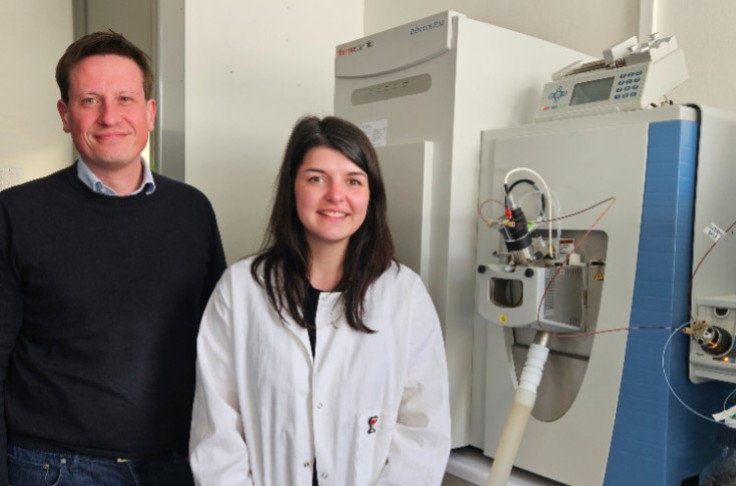“Stems change the style of wines, provided you use a lot”

n 2016, the sweetening properties of astilbin and its high occurrence in stems were spotlighted by Blandine Cretin. Her research has been built upon by Bordeaux University researchers Marie Le Scanff and Axel Marchal, who recently published their work on the Oeno-One website.
Over three vintages – 2019, 2020, and 2021 – the two researchers conducted experiments in Burgundy, Beaujolais and Bordeaux on the grape varieties Pinot noir, Gamay and Merlot. For each experiment, with grapes sourced from the same block, an entirely destemmed method was compared with a method using 15 to 50% of stems. The first observation was that adding stems had no effect on pH or alcohol content. “It is often said that using stems lowers alcohol content. However, it only changes the style of the wine when you use a lot. At low concentrations, the impact is low or even insignificant”, claims Marchal.
The researchers then switched their focus to astilbin, a sweet molecule in dry red wines. The presence of stems during the winemaking process increases its content, irrespective of the grape variety. For each varietal, astilbin content differs – it is higher in Gamay and Pinot noir wines than in Merlot wines. “However the proportion of this increase is higher in Merlot than in Gamay and Pinot noir”, explains Le Scanff. This result can be ascribed to the higher proportion of astilbin in Merlot stems. “There is more astilbin in Merlot stems than in the skins, unlike Pinot noir and Gamay, where the stems and the skins contain equal proportions”.






